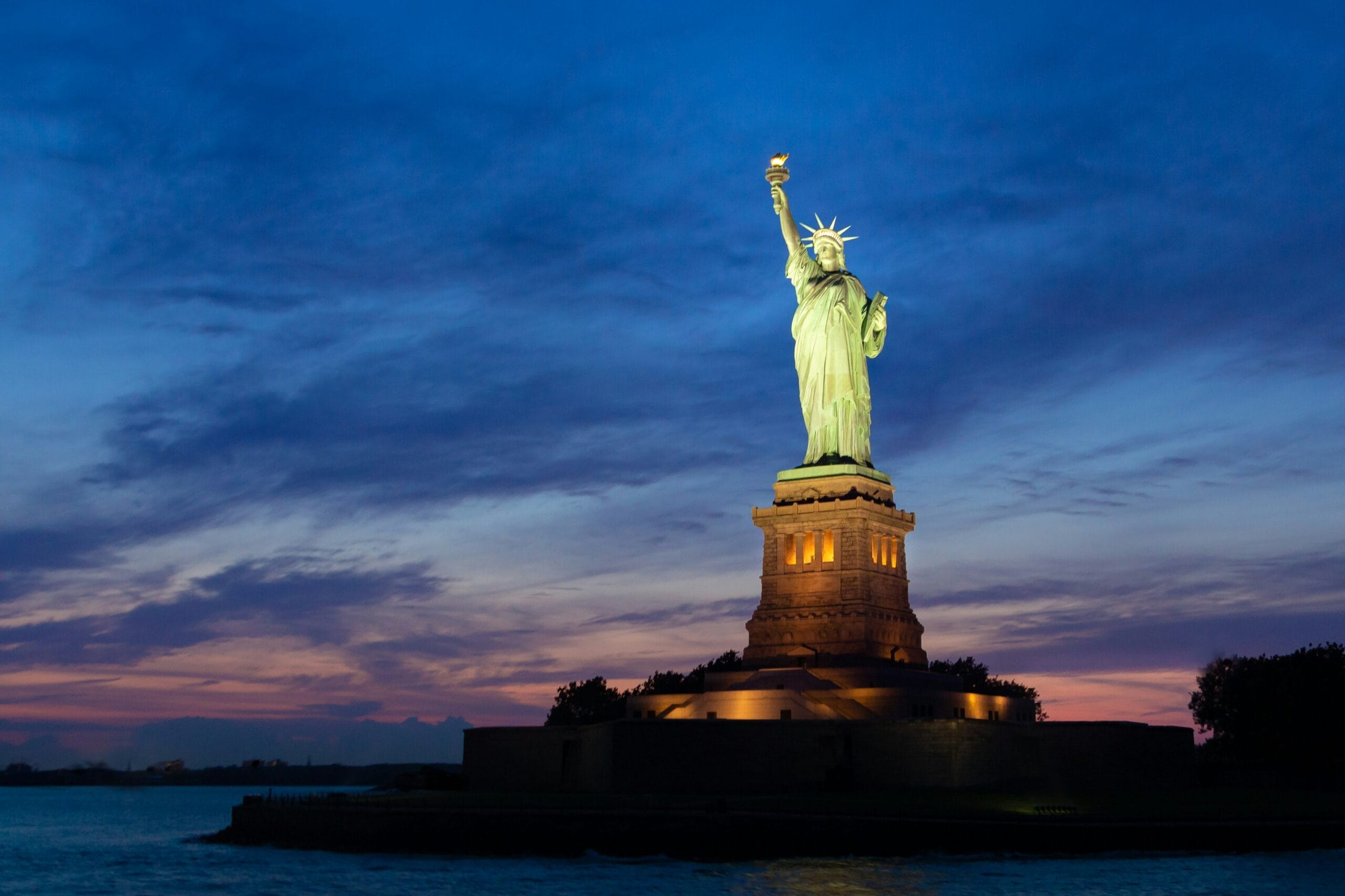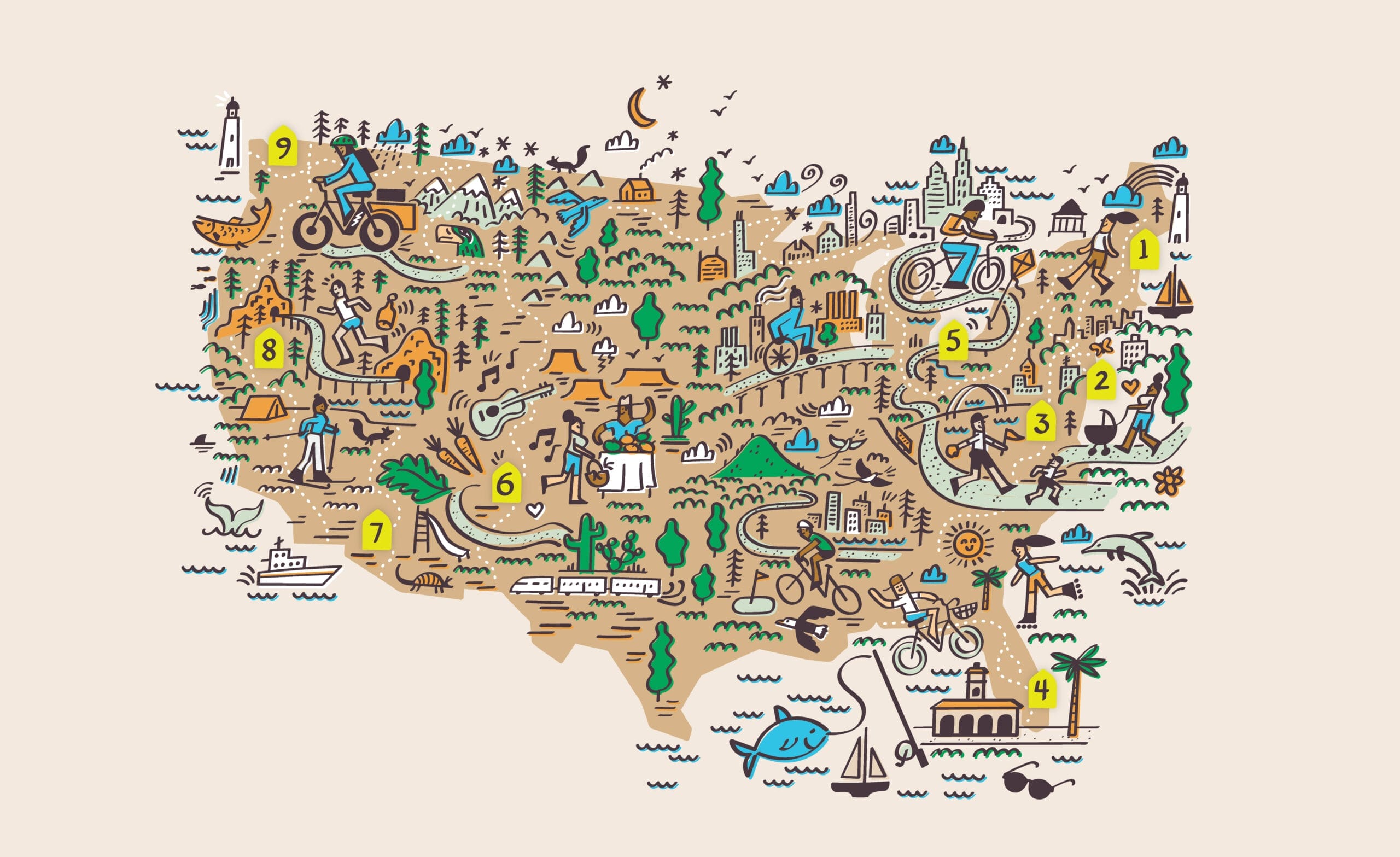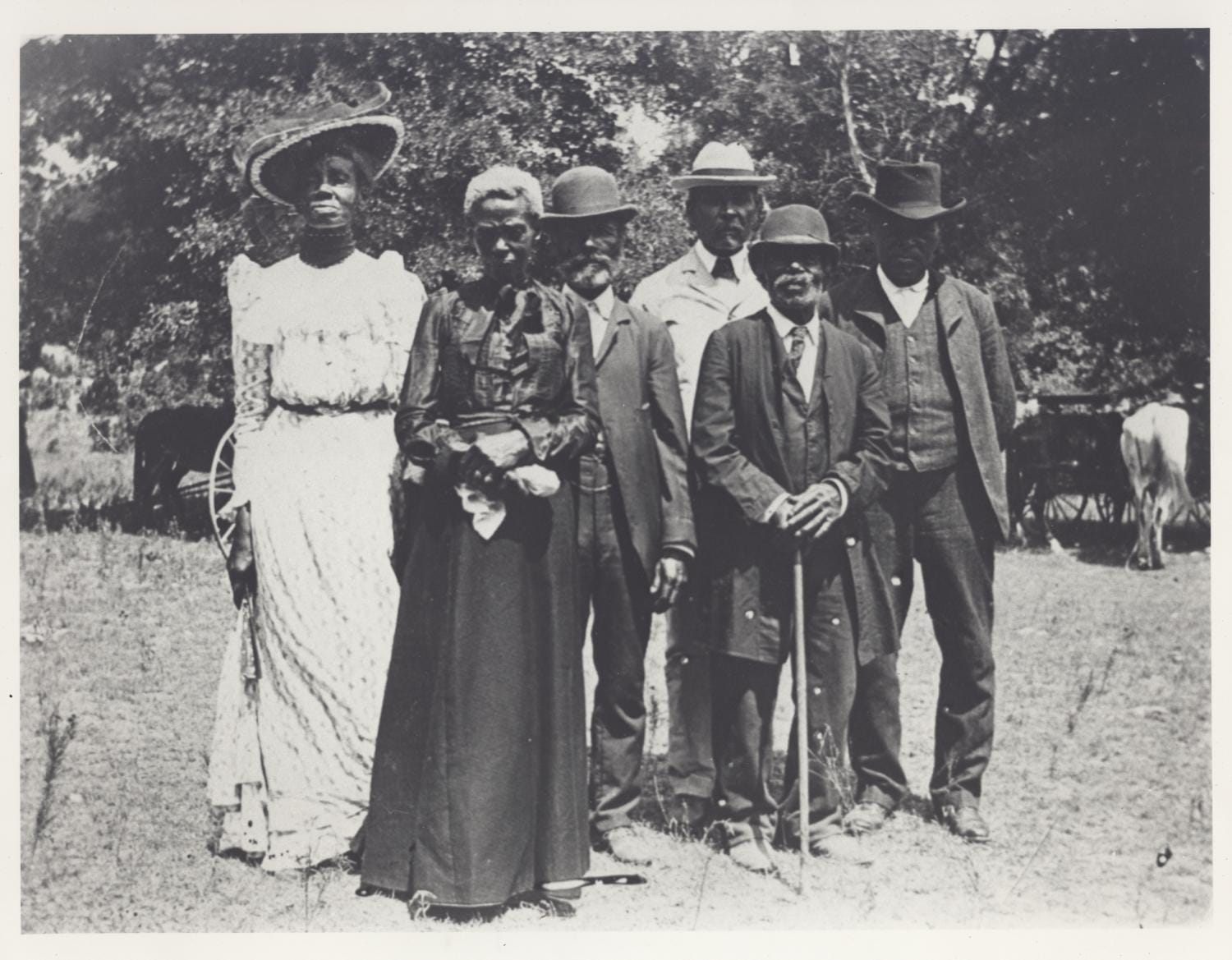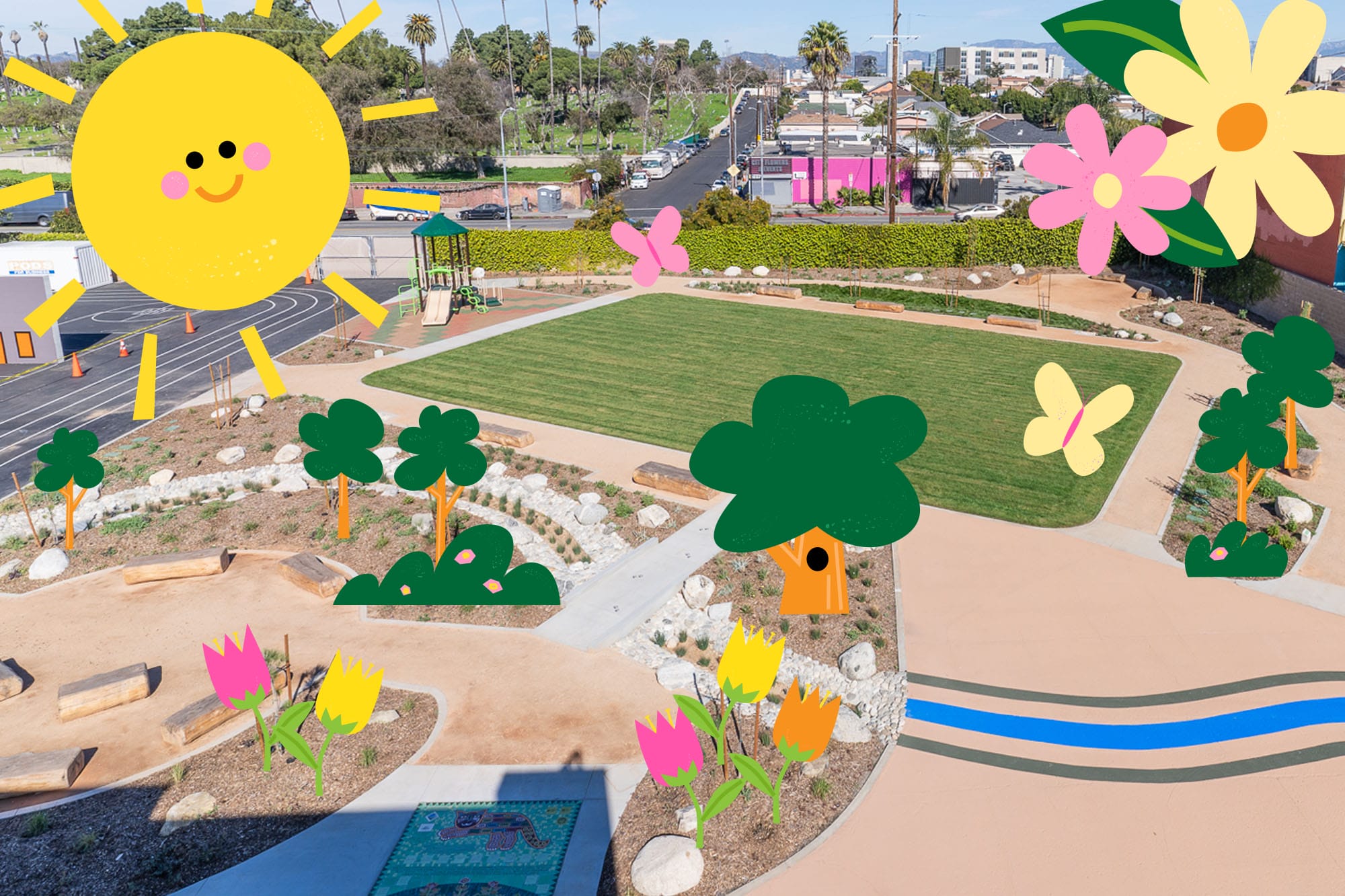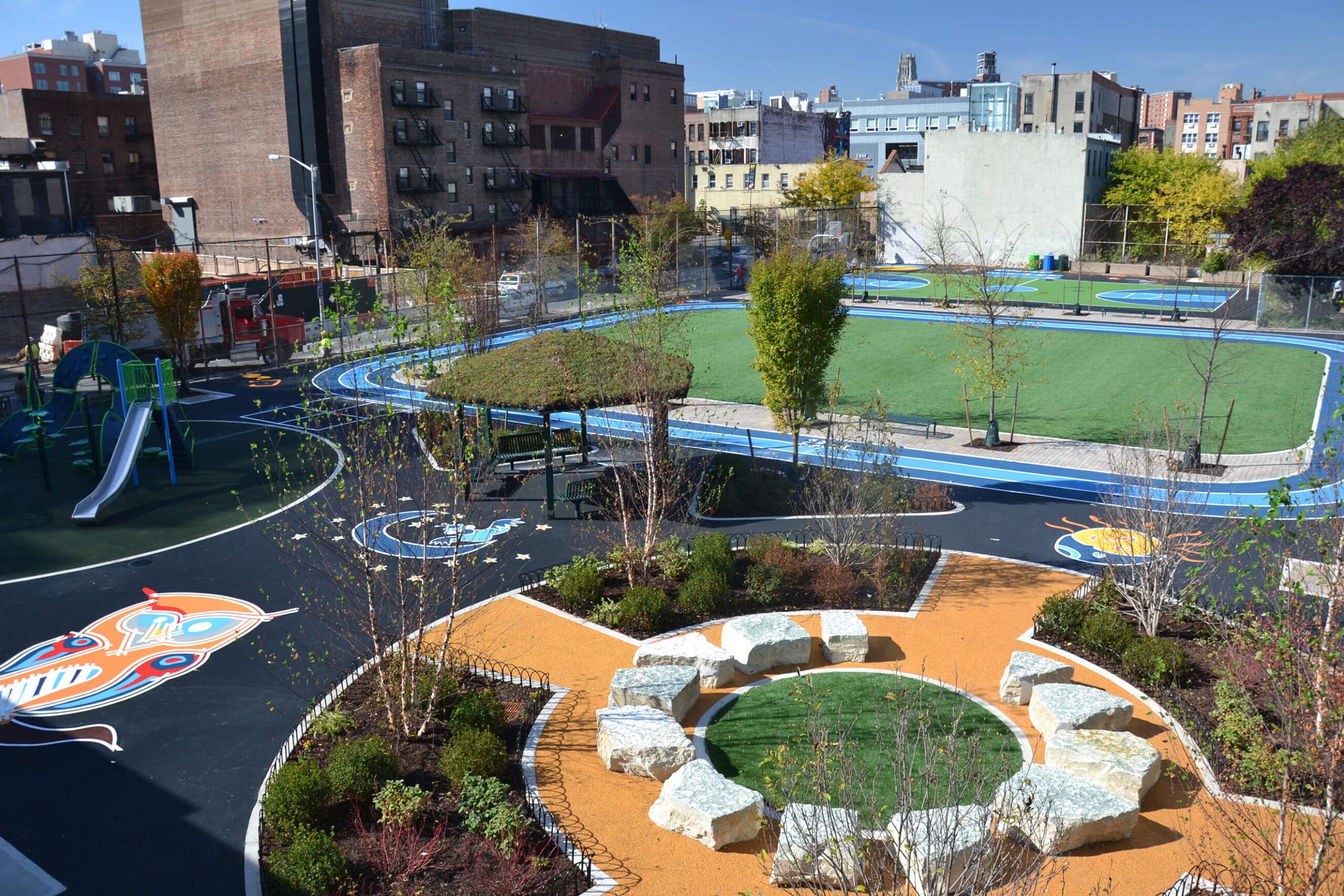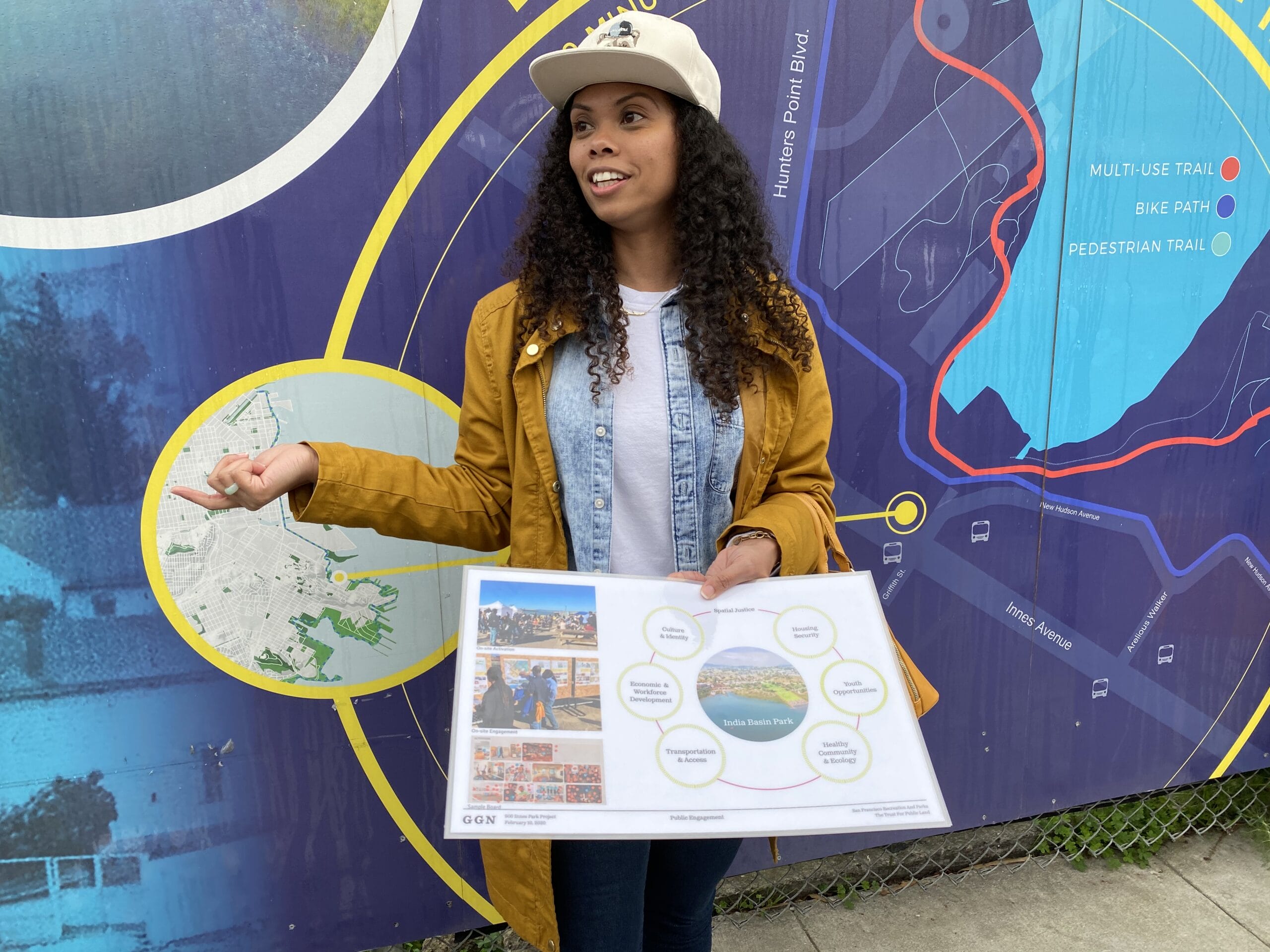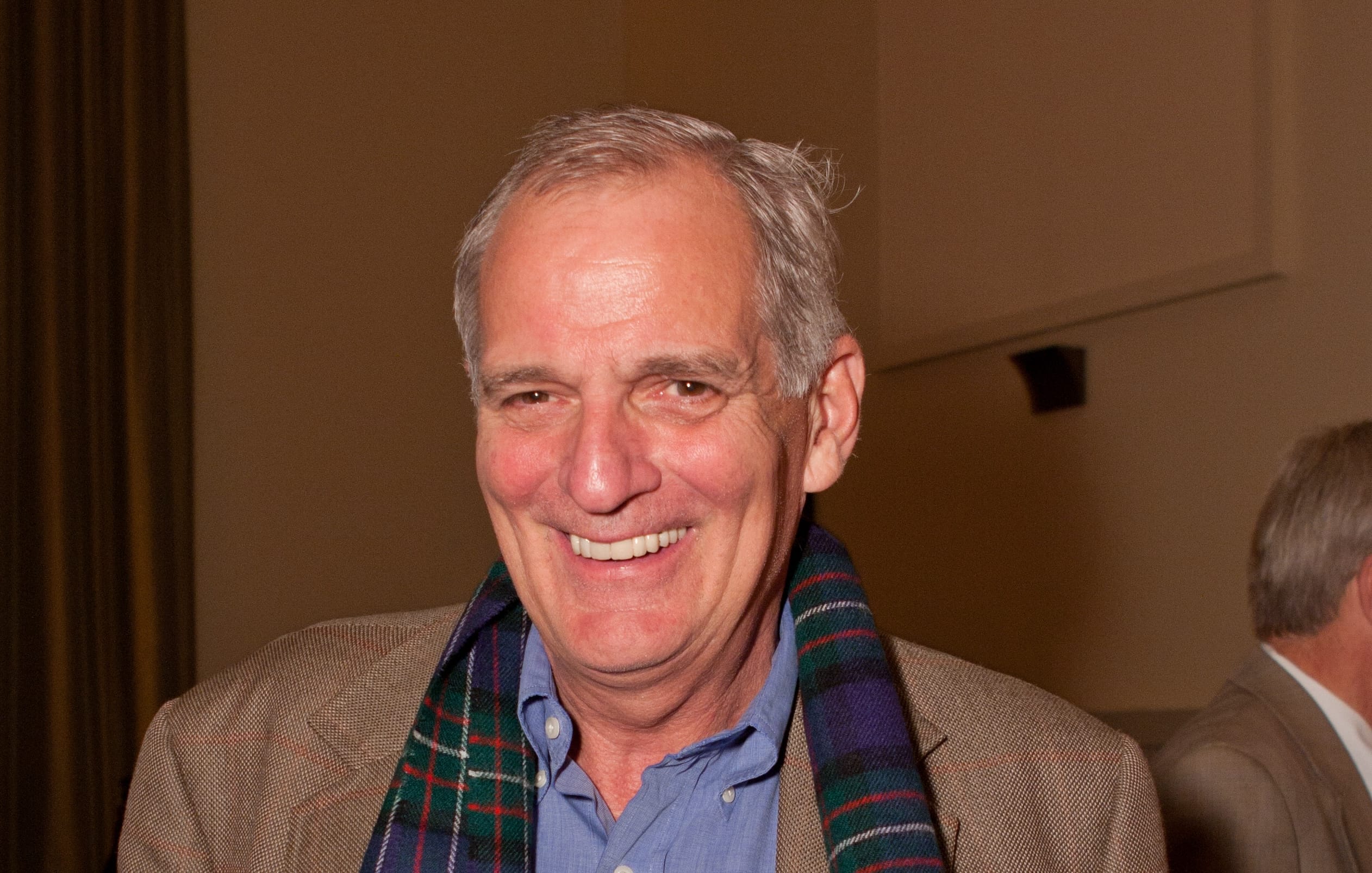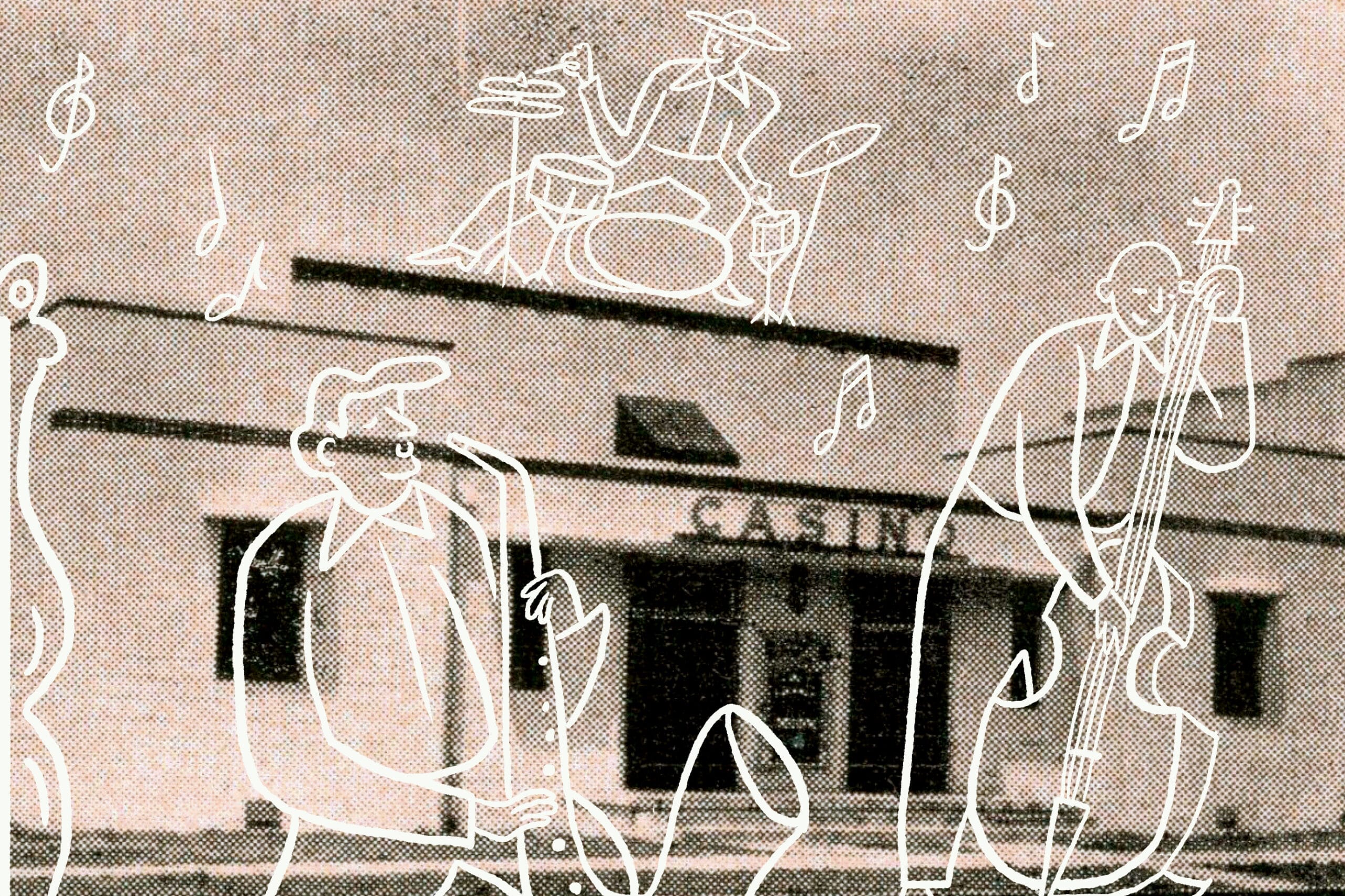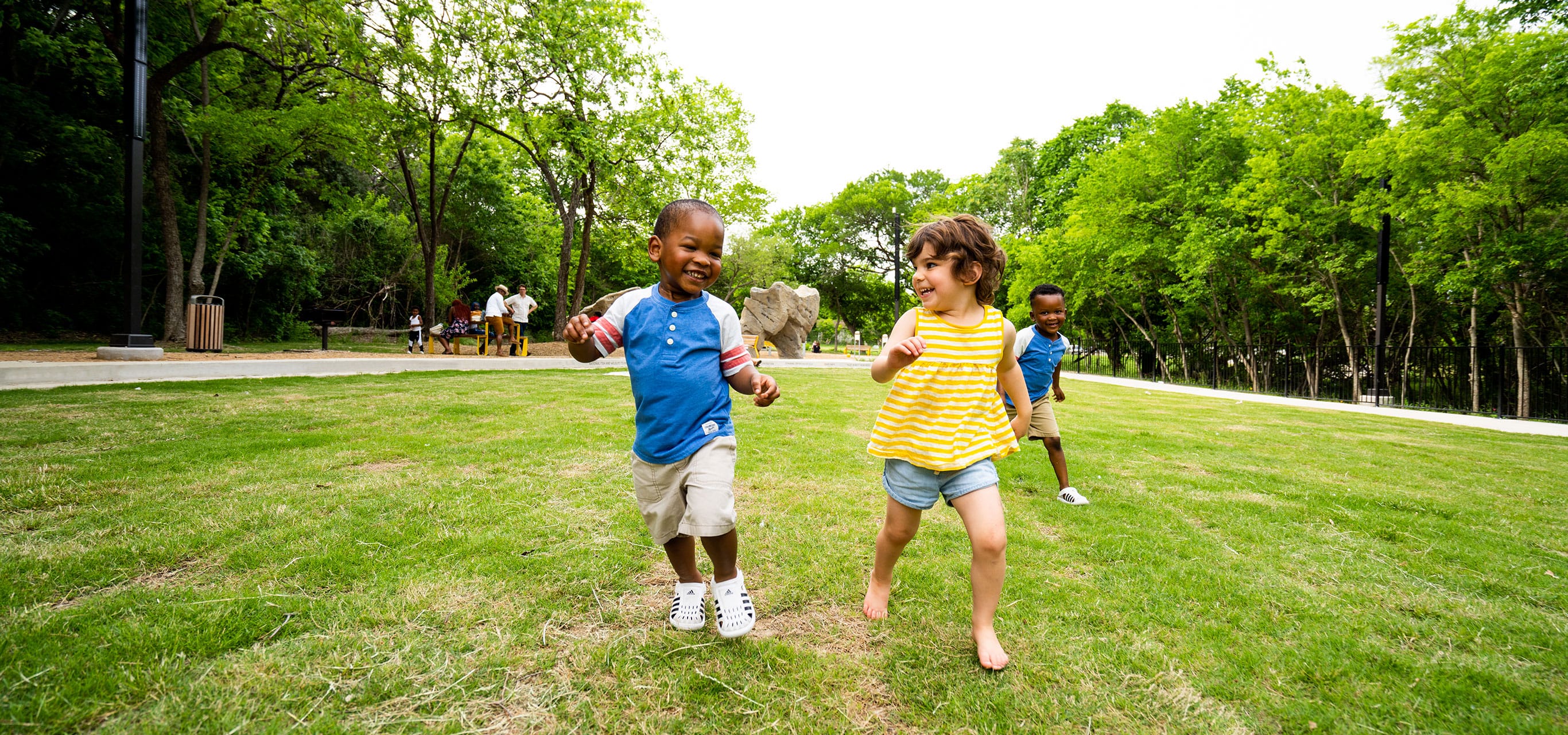
2013: The year of the bike share
2013: The year of the bike share
Recently I had to meet a group of out-of-town visitors traveling with The Trust for Public Land to see parks in New York City. I needed to get over to the High Line, take them on a walk for about a mile, then get back to my office in the NoHo area, near NYU. With no easy cross-town subway or bus access, the trip of a little over a mile would have taken 15 minutes and an expensive cab ride. But instead, I walked a block from my office, inserted a plastic "fob" into a rack holding 30 gleaming blue Citi Bikes, and in about six minutes I was at my destination, docking my bike at the entrance to the High Line.
At the end of my walk, a mile uptown, I again went to a nearby Citi Bike station, but this time encountered a snafu. Apparently, I had not done a proper job of docking my bike on the first leg. So I just made a quick phone call to an efficient and pleasant operator who told me I was good to go. I then hopped on my bike and rode back to my office in 10 minutes.
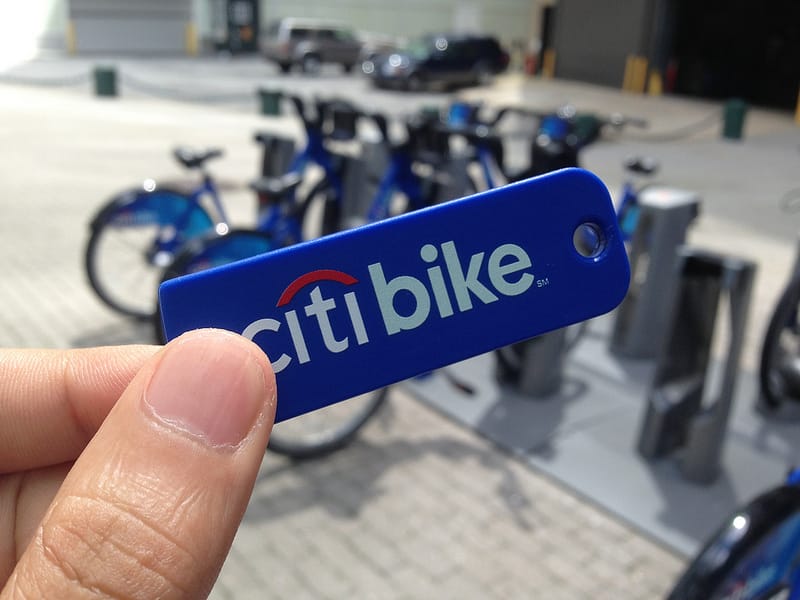
The experience of having a bike for unlimited use when and where I want, for a yearly cost of just $95 (by comparison, a monthly unlimited New York metro card is $112, and one of those cab rides would have been about $10), defies the notion that a city as complicated as New York can't create effective new public programs.
And my experience is not unique. In fact, it's as easy as getting on a bike—and across the country and around the world, tens of millions of city residents are jumping on the shared bicycle trend. Bike share programs, which began as something of a novelty just a decade or so ago, now exist in hundreds of cities, with the United States playing catch-up to China and Europe. Their benefits are numerous: fewer cars, cleaner air, and happy commuters who are able to quickly and easily zip around—while squeezing in some exercise, to boot.
Bike share programs are complicated systems that work on a simple organizing principle: make it convenient and inexpensive, and city-dwellers will ride bicycles. Adding safe, separated bike lanes is a plus, but many cities are finding that the explosion of cyclists on city streets is forcing cars to slow down, making the streets safer for all. And despite the grim predictions of tabloid writers and politicians wary of increased bicycling, bike use in cities has proven to be quite safe. In New York, for example, a city well known for heavy traffic and aggressive drivers, no bike share users were killed or seriously injured in the system's first six months of operations.
Starting almost 50 years ago with 50 bikes left around Amsterdam for free shared use, the current systems are quite high tech, with computerized docking systems and even the ability to coordinate interchangeably with mass transit in some cities. Most systems have daily, weekly, monthly or yearly rates, with huge discounts for volume users. But tourists can use them for a day, or residents can get unlimited year-round use, usually for limited amounts of time. For example, the year-round users in New York City pay just $95 a year, and can use bikes all day long, though they must return a bike to a docking station before 45 minutes have elapsed or face extra charges.
Keeping up with this booming transportation mode is not easy. In a terrific survey article from this past spring, Janet Larsen writing for the Earth Policy Institute documents more than 500 cities in 49 countries with a combined fleet of over 500,000 bikes—but that was before New York and Chicago and Los Angeles got their programs off the ground.
As Larsen notes, China is tops when it comes to doing bike share at scale. Its 79 programs include 358,000 bikes, as of last April, with the world's largest bike share program in Wuhan, where 9 million residents share 90,000 bikes. She also notes Spain led the Eurozone, with 132 bike share programs; Italy had 104; Germany 43; and France 37. Among the best known programs are Paris's Vélib, with over 20,000 bikes, and London's Barclays Cycle Hire program.
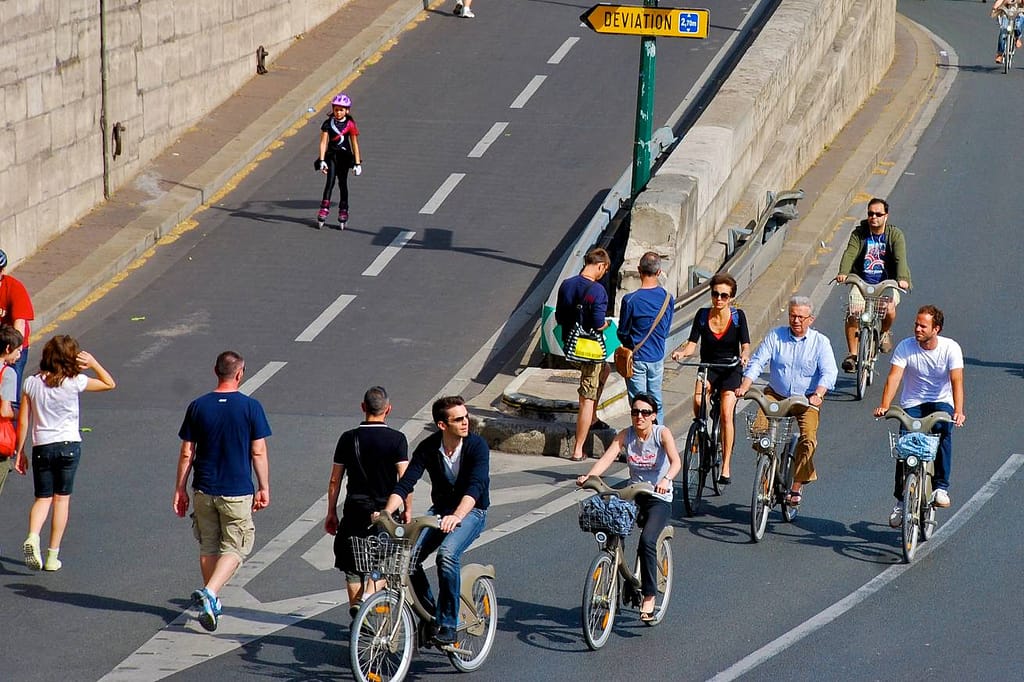
In North America, Montréal was the first municipal pedal pusher, beginning in 2009, and now deploys 5,000 bikes. Mexico City's is the largest in Latin America with 4,000 bikes, and New York, while not the first in the U.S., is now the nation's largest, with 6,000 bikes, soon to go to 10,000. The program has gone like gangbusters in the first five months, with more than 90,000 annual members signed up, more than 350,00 short-term users, and reaching over 40,000 daily rides. Many other American cities have joined the parade, with programs in place or in the works in Boston, Washington DC, San Francisco, Chicago,Minneapolis/St. Paul, Denver, Los Angeles, San Diego, and Austin. And there are more cities and expansions in the works.
With this huge explosion in pollution-free, carbon-reducing, fitness-boosting, quality-of-life-enhancing urban transportation taking place, what can cities do to ensure that progress continues? For one, they need to make the programs convenient and safe—with lots of stations and bikes where and when they are needed. Second, cities need safe bicycle lanes. Third, the next big money maker will be the collapsible, foldable helmet that can fit into a handbag, backpack or briefcase. I and other regular users keep a bike helmet in the office for workday expeditions—it's just not safe to ride without a helmet in in city traffic, or even the open road. While several new helmet models are in development, including one that inflates like an airbag when a rider is at risk of falling or colliding, a safe, attractive model that meets U.S. safety standards isn't yet on the market.
Finally, with so many cities creating these programs, what about making access to them similar to E-Z pass, the small card affixed to a car's dashboard which automatically bills tolls to a credit card, meaning drivers don't have to stop and pay tolls. What if you had one card that could get you into every bike share system? And while we're at it, let's add universal metro cards to the mix, so that domestic and world travelers can use mass transit and bike share systems as easily as falling off—I mean getting on—a bike.
Adrian Benepe is senior vice president and director of city park development at The Trust for Public Land. This piece also appeared on his column for The Huffington Post.
The Active Transportation Infrastructure Investment Program (ATTIIP) is a vital initiative that helps expand trails connecting people to nature and their broader neighborhoods. Despite this importance, Congress allocated $0 for ATTIIP in this year’s appropriations process. We cannot delay investments in safe, active transportation systems. Urge Congress to fully fund the ATTIIP!
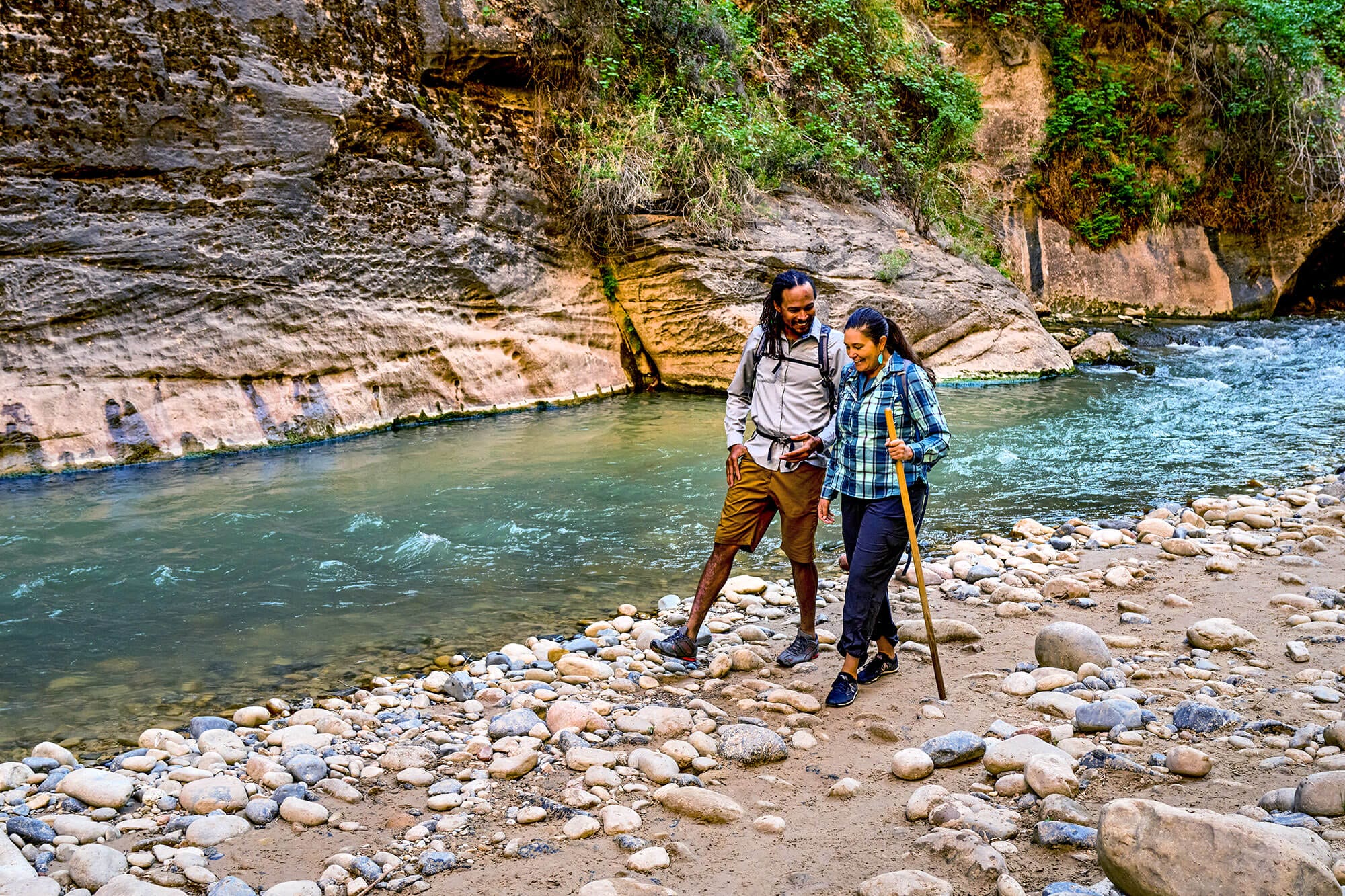
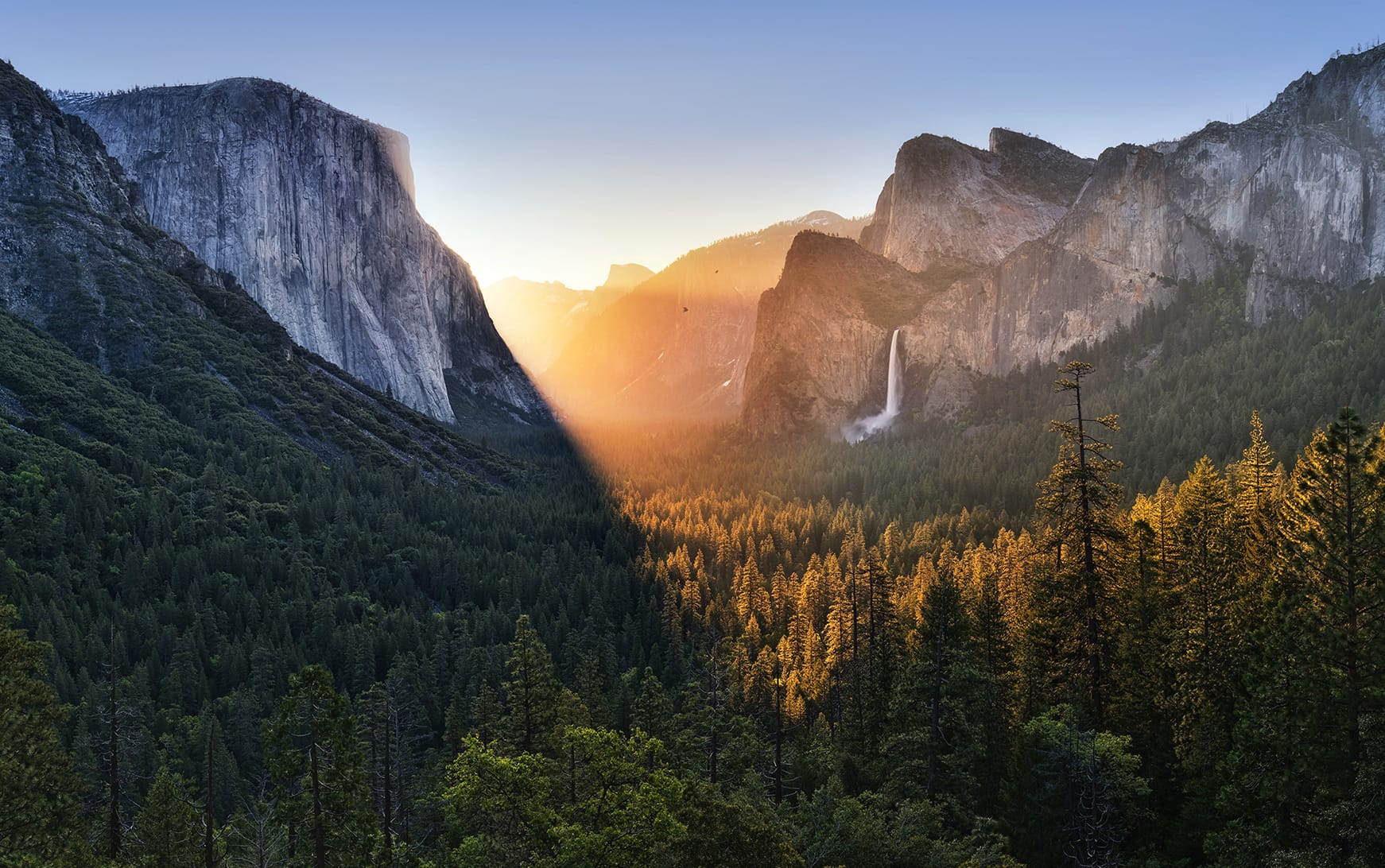
Donate to become a member, and you’ll receive a subscription to Land&People magazine, our biannual publication featuring exclusive, inspiring stories about our work connecting everyone to the outdoors.
See how our supporters are helping us connect people to the outdoors across the country.


